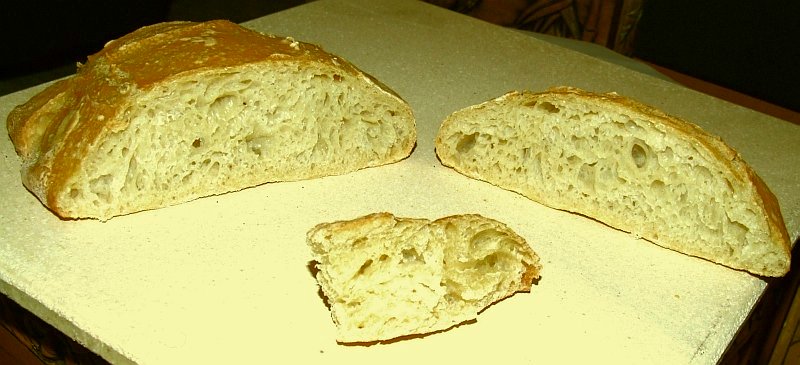Susan's Simple Small Sourdough Challenge
The Simple Sourdough bread posted below is such a beautiful loaf and the perfect size for dinner. Susan has been making this loaf as her daily bread for a long time, has perfected the process and shared it with us. This is a bread any of us who bake with a natural levain (SD) should be able to bake. Or, if you are not currently feeding a sourdough pet, this is a good reason to start.
- Log in or register to post comments
- 82 comments
- View post
- ehanner's Blog
